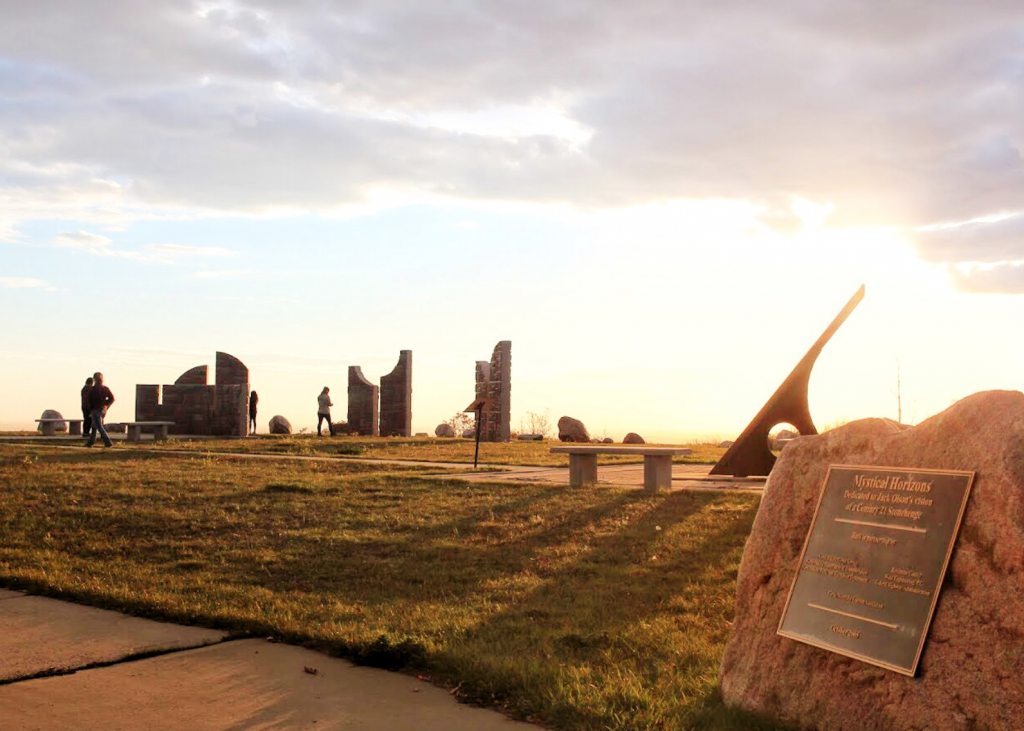I confess to a special interest in weather and weather history. This Lecture is a hybrid event. The in-person reception at the Massachusetts Historical Society on March 28 will begin at 4:30 pm. Lecture with Sara M. Gregg, Indiana University-Bloomington will begin at 5.
In the tumultuous years of the early twentieth century, the Great Plains were at the heart of the U.S. population boom. As Indigenous reservations were systematically dismantled and new immigrants from northern and eastern Europe piled onto boats headed for Ellis Island, policymakers and migrants identified vast swaths of the northern and southern Plains as the most promising “next-year country.” These were years of generous precipitation, and the fertile soils appeared prime for the new crops and machines promoted by the growing infrastructure of U.S. agricultural programs. Bottineau County, North Dakota, reached a pinnacle of successful homestead proofs during this period, as the weather, migratory patterns, state programs, and global economic conditions all coalesced to support a boom in settlement in this region during this dynamic period of national and regional growth. Here, North Dakota boomed for the first time, foreshadowing the patterns that emerged a century later as the Bakken Formation yielded oil and gas for a very different boom in this often-overlooked corner of the nation.
The Environmental History Seminar invites you to join the conversation. Seminars bring together a diverse group of scholars and interested members of the public to workshop a pre-circulated paper. Learn more.
Purchasing the $25 seminar subscription gives you advance access to the seminar papers of all seven seminar series for the current academic year. Subscribe at www.masshist.org/research/seminars. Subscribers for the current year may login to view currently available essays.

